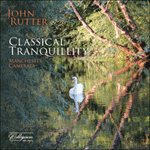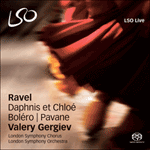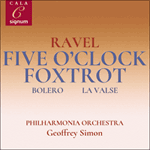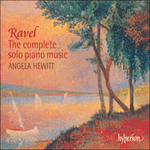
Welcome to Hyperion Records, an independent British classical label devoted to presenting high-quality recordings of music of all styles and from all periods from the twelfth century to the twenty-first.
Hyperion offers both CDs, and downloads in a number of formats. The site is also available in several languages.
Please use the dropdown buttons to set your preferred options, or use the checkbox to accept the defaults.

from notes by Roger Nichols © 2011
extrait des notes rédigées par Roger Nichols © 2011
Français: Marie-Stella Pâris
aus dem Begleittext von Roger Nichols © 2011
Deutsch: Viola Scheffel
 Classical Tranquillity Classical TranquillityEleven guilty musical pleasures to evoke tranquillity in our frantic world …» More |
 Ravel, Fauré & Poulenc: LCO Live Ravel, Fauré & Poulenc: LCO LiveThe LCO return to disc on Signum with a new and thrilling programme of French orchestral works by Ravel, Fauré, Poulenc and Ibert.» More |
 Ravel: Daphnis et Chloé, Boléro & Pavane Ravel: Daphnis et Chloé, Boléro & PavaneRavel's ballet 'Daphnis et Chloé' is essentially an extended tone poem, suffused with luscious orchestral colours, portraying the passion of the two protagonists for each other. By contrast, 'Pavane pour une infante défunte' harks back to the simp ...» More |
 Ravel: Five o'clock foxtrot & other orchestral works Ravel: Five o'clock foxtrot & other orchestral works'Five o'clock foxtrot' (as the ragtime sequence from Ravel's opera 'L’enfant et les sortilèges' came to be known in the 1930s when various dance bands took it up as an instrumental number) sets the scene for a glorious programme of the composer at ...» More |
 Ravel: The Complete Solo Piano Music Ravel: The Complete Solo Piano Music‘Angela Hewitt plumbs Ravel's paradoxical qualities to perfection in this superb set. This magnificent survey … a treasure trove! Angela Hewitt ... ‘This newcomer from Hyperion is second to none and will now probably be a first choice for many collectors’ (The Penguin Guide to Compact Discs)» More |

